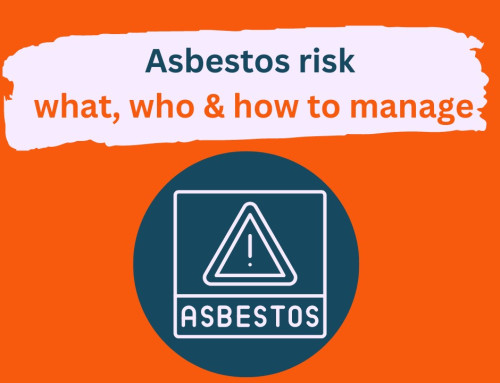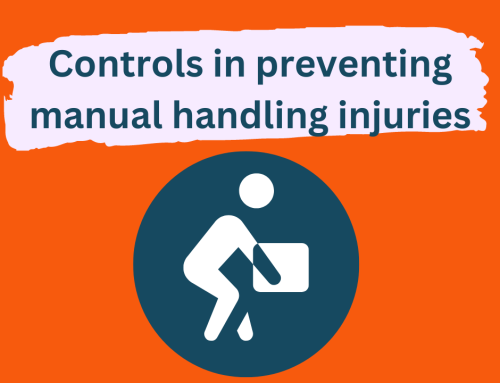According to the Testicular Cancer Society, testicular cancer is the most prevalent cancer among men aged 15-35.
The survival rate is almost 100% if caught on time, so, even though it can be a bit embarrassing to broach, we think it’s really worth talking about it to raise awareness during Testicular Cancer awareness month
The best tool for early diagnosis is a monthly self-examination. If you notice anything that concerns you, make sure you consult a doctor immediately.
Cancer Research UK give the following advice for self-examination:
Get to know what is normal for you so that you can notice any changes. Hold your scrotum in the palms of your hands, so that you can use the fingers and thumb on both hands to examine your testicles. Note the size and weight of the testicles. It is common to have one testicle slightly larger, or that hangs lower than the other. But any noticeable increase in size or weight may mean that something is wrong.
Gently feel each testicle individually. You should feel a soft tube at the top and back of the testicle. This is the epididymis which carries and stores sperm. It may feel slightly tender. Don’t confuse it with an abnormal lump. You should be able to feel the firm, smooth tube of the spermatic cord which runs up from the epididymis.
Feel the testicle itself. It should be smooth with no lumps or swellings. It is unusual to develop cancer in both testicles at the same time. So if you are wondering whether a testicle is feeling normal or not you can compare it with the other.
Remember that if you do find a swelling in your testicle, make an appointment and have it checked by your doctor as soon as possible.
Source:
http://www.cancerresearchuk.org/about-cancer/type/testicular-cancer/about/finding-testicular-cancer-early
Any advice or information in this blog is general advice only. It does not take into account your personal circumstances: please do not take action based solely on this information.




